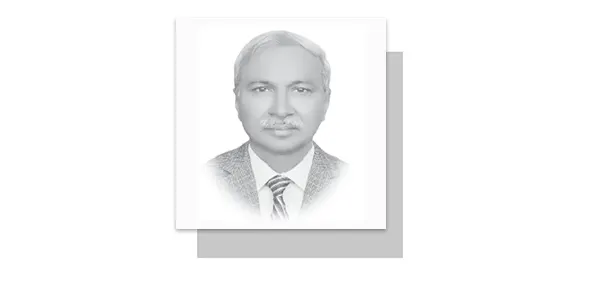PAKISTAN is currently facing a severe economic situation characterized by sluggish economic growth, inflation, unemployment, and the significant challenge of mounting internal and external debt, which has increased dramatically in recent years. According to a report by the American agency Bloomberg, the rate of interest payments on loans in Pakistan has reached the highest level relative to GDP, making these payments unbearable.
Under our country’s monetary policy, the dollar is allowed to soar freely, continuously devaluing the Pakistani rupee. This is why today the dollar has reached 280 rupees in the open market, and according to the State Bank, by June 30, 2024, Pakistan’s debt levels have broken all records, reaching 84,907 billion rupees. On the other hand, foreign exchange reserves have also fallen to their lowest levels, and the dollar is not readily available in the market.
From 1948 to 1954, one dollar equalled 3.38 rupees. In 1955, it reached 3.90 rupees, rising to 4.75 rupees by 1971. In 1972, during Zulfiqar Ali Bhutto’s government, the dollar doubled to 8.68 rupees. From 1982 to 1998, it reached 45 rupees. During Pervez Musharraf’s era, it remained at 65 rupees. By 2008, it was 66.80 rupees, climbing to 80.25 rupees by April 2009 and 108 rupees during the Pakistan People’s Party era. In March 2014, the dollar fell to 103 rupees and dropped further to 98 rupees by June 2014. By September 2023, it was at 280 rupees.
In the 1960s, the Pakistani rupee was pegged to the British pound but later switched to the US dollar to stabilize the economy. At that time, there was little difference between the rupee and the dollar, but now the disparity is nearly 200-fold, with the dollar having crushed the rupee. This uncertainty has led to a lack of new investment and prompted investors to withdraw existing funds. The interest rate has reached 20.50%, having previously peaked at 22%. The rise in the dollar’s value has triggered a historic wave of inflation across the country.
The increasing burden of foreign debt threatens macroeconomic stability, adversely affecting growth, job creation, and poverty alleviation. This heavy burden discourages foreign investment and pressures the exchange rate, creating a high-risk environment for trade. Pakistan faced a severe debt crisis in the 1990s, slowing growth and increasing unemployment. However, from 2000 to 2007, the debt burden was halved, with public debt reduced from 100% to 55% of GDP and external debt decreased from 66% to 28.2%. The IMF hailed this as a remarkable macroeconomic achievement, benefiting the country by accelerating growth, increasing job opportunities, and reducing poverty.
Today, Pakistan is facing the worst debt situation in its history and has once again sought help from the IMF for balance of payments support. Pakistan is facing more difficulties now than in the past. The only way out of this difficult situation is to minimize the “twin deficits” as much as possible. In the interest of our current and future generations, it is essential to limit our budget and current account deficits to 4% and 2.5% of GDP, respectively.
—The writer is contributing columnist, based in Faisalabad.










